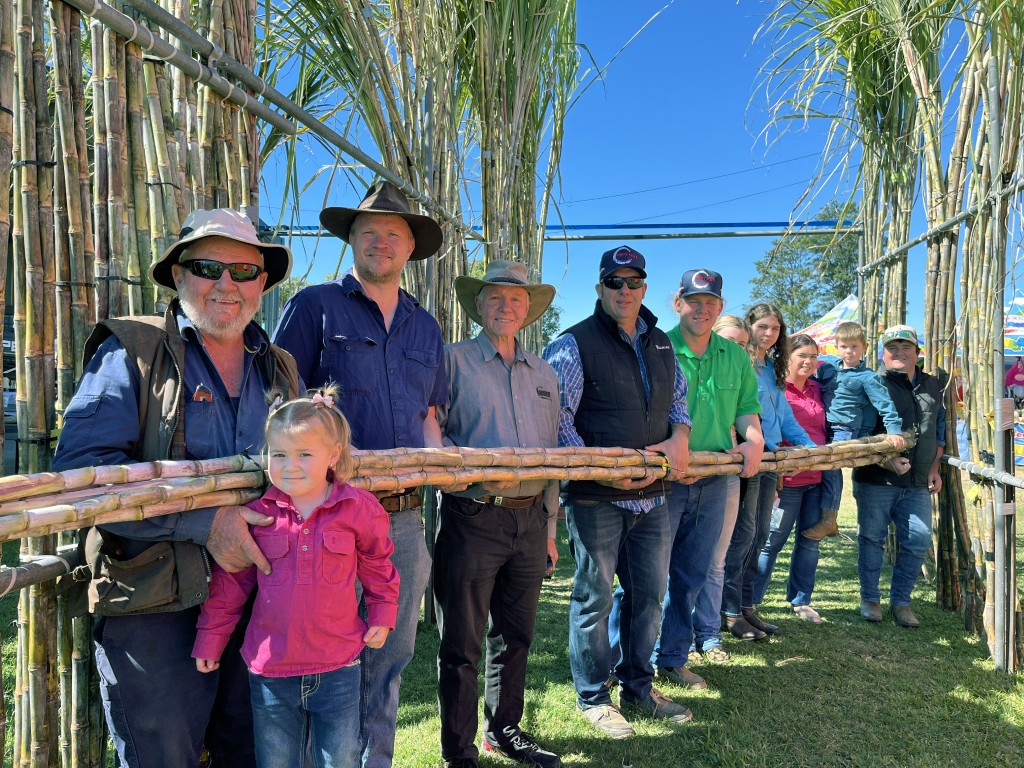


The Mackay and Plane Creek districts' sugarcane harvest season is well underway, and as this edition goes to print, should be hovering around the 25% mark harvested of the crop, give or take.
Each year, the Mackay-Plane Creek region, recognised as one of Australia’s largest sugar-producing areas, contributes to both domestic consumption and export markets, making the progress of its harvest season of considerable economic importance. At the local level, every dollar spent in the sugarcane industry has a multiplier of $6.40 into the regional economy.
As of early August, the harvest season has not been without its challenges, struggling to enter any sort of consistent rhythm: very much been a stop/start affair. Sitting at around 25% in early August is certainly not where we would like to be positioned. If you take into consideration the old rule-of-thumb of being around about halfway through the harvest by Father’s Day, we are highly unlikely to reach that milestone.
There are several reasons for this delay in the harvest: one being the consistent rainfall across the district through the winter period which has resulted in very moist field conditions and therefore contributing to making harvesting operations very difficult and inconstant. This rainfall has also made planting for the 2026 crop difficult and has condensed the planting window dramatically, putting pressure on all parties involved.
On the operational front, the mills have reported an acceptable level of mechanical downtime so far, aided by extensive off-season maintenance and investments in efficiency upgrades. This is very pleasing to see that after a long-sustained period of poor performance, the efforts of the milling companies to improve is beginning to materialise. However, transport networks supporting cane deliveries have unfortunately not followed the same trend. They have been the Achillies heel for both the processing and growing sector, resulting in costly long waiting times for harvesting groups as well as lost milling opportunity with cane supply unable at times to keep up with factory availability. I understand that both milling companies are working away to try to rectify this situation.
CCS is down on the average of previous seasons, primarily due to the volume of standover being processed. By all indications, about half of the tonnage of two-year-old cane has been milled so far. That will continue to impact season CCS.
Looking ahead, weather and factory performance will continue to play a defining role. The collaborative efforts between growers, millers, harvesting contractors and transport operators remains central to continuing to help build momentum and achieve what is the optimum for all parties involved, that being the harvesting of the entire crop in a timely and efficient manner, resulting in better financial returns for all parties involved.
Finally, I would just like to mention that the recent 61st Annual Sarina Show was by all indications was a resounding success. Certainly, Saturday night’s crowd was exceptional, so well done goes to show President Ron Gurnett and his committee for running such a successful event. As is always the tradition, a hotly contested show cane competition was run. Congratulations must go to Chief Steward Barry Pace and the show cane team for organising and running the competition. Well done to all of the winners and we look forward to seeing you again next year! It is wonderful to see grower families having pride in the crops that they grow and compete against their peers.
The Sarina Show Cane competition team put in a massive effort to bring together another great comp in 2025. From left: Doug and Bronte Pedersen, Frank Jacobs, Mark Hetherington, Barry and Matt Pace, Lily Shaw, Rachael Pace, Aleisha, Tait and Blake Pedersen. Picture: Kirili Lamb